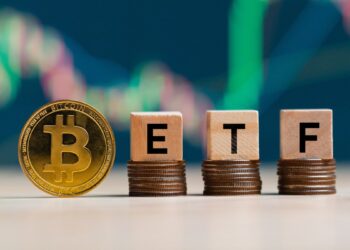The Reserve Bank of Australia has again decided to keep the cash rate at 1.5 per cent, for the 26th consecutive month.
AMP chief economist Shane Oliver said that while the fall in the official unemployment rate to 5 per cent — helped by above-trend economic growth — is good news, the slide in home prices in Sydney and Melbourne could accelerate as banks tighten lending standards.
“[This, in turn,] threatens consumer spending and wider economic growth and inflation,” said Dr Oliver.
“Against this backdrop, it remains appropriate for the RBA to leave rates on hold.”
Housing Industry Association senior economist Gordan Murray said inflationary pressures were still below the target band and there was still excess capacity in the labour market, so rates are likely to be left on hold.
“It will be interesting to see what the RBA make of the latest update to the labour force figures, which showed the national unemployment rate dropped to 5.0 per cent, with rates in NSW and Victoria are 4.4 and 4.5 per cent, respectively,” said Mr Murray.
“Housing credit growth is continuing to slow and home prices in Sydney and Melbourne are easing. It will be interesting to see what the RBA makes of these developments in context of their earlier concerns about the risks posed by these two markets.”
ABC Bullion chief economist Jordan Eliseo said the economy is a mixed scorecard for the RBA.
“They will be pleased with recent developments in the labour market, though persistently low inflation and continued falls in the housing market are obvious areas of concern,” said Mr Eliseo.
“On balance, there is no immediate case to move rates in either direction. Hence, the likelihood that they’ll remain stuck at 1.5 per cent.”


